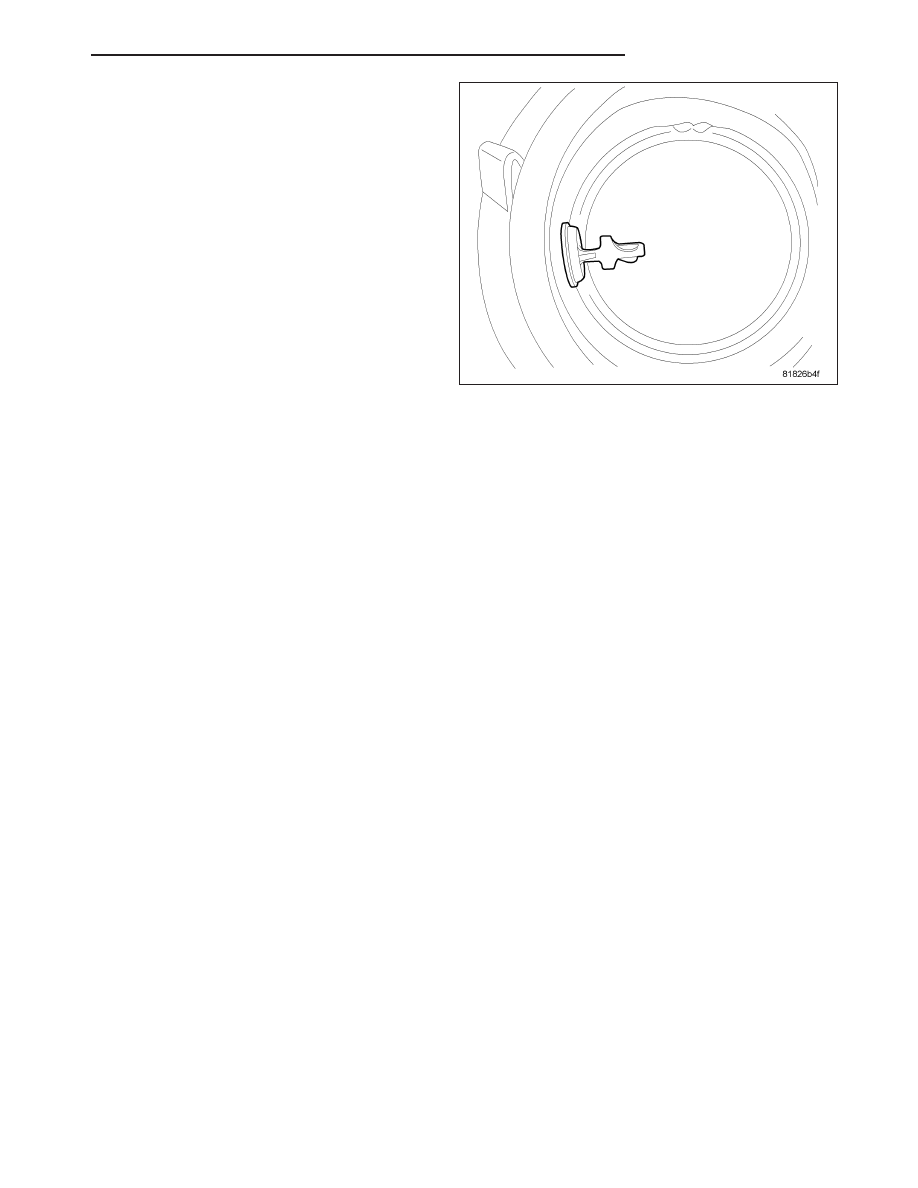Content .. 1147 1148 1149 1150 ..
Dodge Caliber. Manual - part 1149

1. Install sensor. Make sure of sensor orientation.
2. Attach electrical connector to sensor.
3. Connect the negative battery cable.
PM
FUEL INJECTION
14 - 69
|
|
|
Content .. 1147 1148 1149 1150 ..

1. Install sensor. Make sure of sensor orientation. 2. Attach electrical connector to sensor. 3. Connect the negative battery cable. PM FUEL INJECTION 14 - 69 |